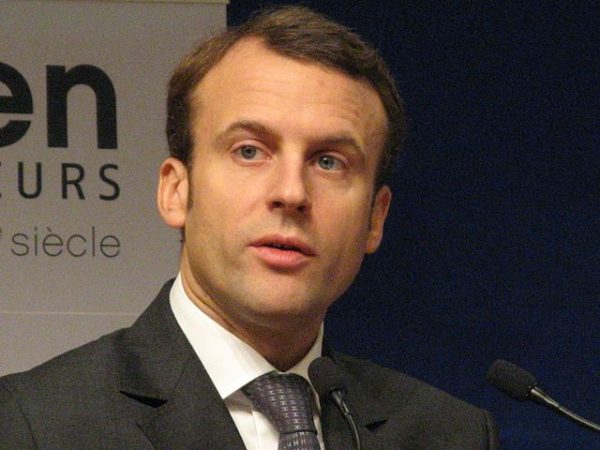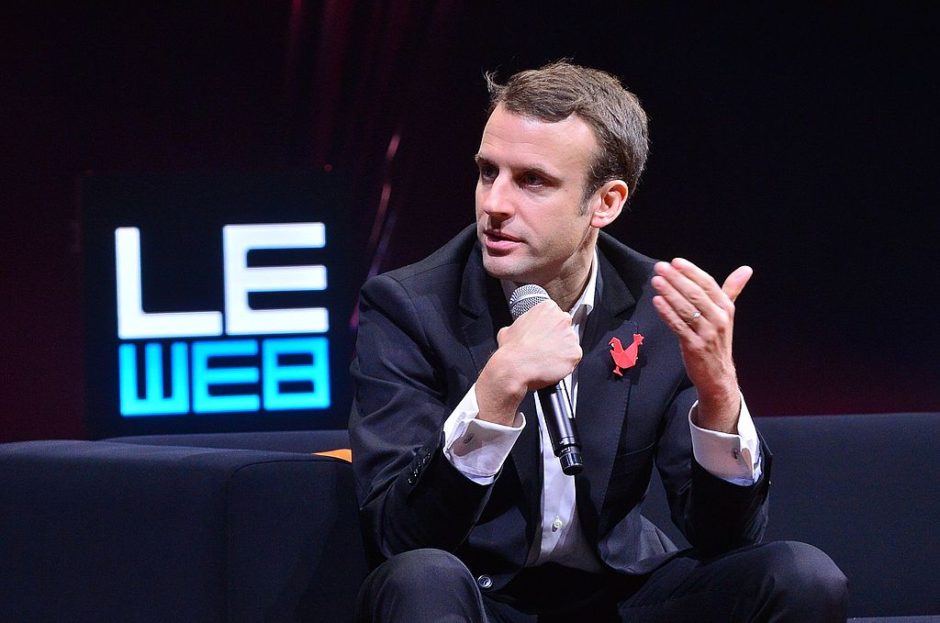
In a courageous and searingly candid acknowledgment of France’s complicity in the Holocaust, President Emmanuel Macron said yesterday that France had played a central role in one of its darkest chapters.
Commemorating the 75th anniversary of the Velodrome d’Hiver (Vel d’hiv) roundup of Jews in Paris in the summer of 1942, and speaking in the presence of Israeli Prime Minister Benjamin Netanyahu, Macron conceded that the collaborationist Vichy regime, headed by Henri Philippe Petain, had organized it, and that “not a single German” had been directly involved in it.
Delivering his comments at the Vel d’hiv monument 22 years after French President Jacques Chirac first admitted that “Frenchmen (and) the French state” had committed an “irreparable crime,” Macron took full responsibility for an ugly incident that blemishes France.
Three months ago, during the French election campaign, Marine Le Pen the leader of the National Front, falsely claimed that France was not responsible for Vel d’hiv because the Vichy government was illegitimate.
Far from hiding behind such questionable technicalities, Macron suggested that Vel d’hiv was a purely French undertaking. “Admittedly, Vichy was not all of the French,” he observed, “but it was the government and the administration of France.”
Exactly.

Vichy, in 1940, enacted a series of anti-Jewish laws that marginalized, demonized and imperilled the Jewish community of France.
At the behest of Germany, which had occupied France in 1940, the French authorities planned the Vel d’hiv roundup. Initially, French officials were lukewarm to the idea. Rene Bousquet, the head of the French national police force, and Darquier de Pellepoix, an official deeply involved in the persecution of Jews, raised objections to using French police to carry out the task. But in the end, they offered the Germans their full cooperation.
On July 16, a French force, consisting of municipal police, detectives and even students from the police academy, fanned out across Paris to arrest 28,000 Jews. They focused their efforts on the third, fourth, tenth, eleventh, twelfth, eighteenth and twentieth arrondissements, where many stateless Jews and foreign Jews lived.
Word of the operation leaked out from sympathetic police, write Michael Marrus and Robert Paxton in Vichy France and the Jews. But few of the intended victims went into hiding, and some despaired, committing suicide. “Many of the victims had no idea of what awaited them,” say Marrus and Paxton. “What they found was administrative chaos, combined with utter neglect.”
Six thousand of the Jewish detainees were sent to Drancy, a holding camp near Paris. More than 13,000 Jews were packed into the Vel d’hiv. Conditions there were primitive. There was neither food nor water, and sanitary arrangements were non-existent. “At first, the victims experienced thirst, hunger, the heat of the day, the cold of the night,” Marrus and Paxton say. “Then diarrhea and dysentery. A terrible odor infected the place. The came a sense of abandonment, as hours stretched into days.”
The confinement lasted for five days, after which the victims were transported to Drancy. From there, they were shipped to Nazi concentration camps in Poland, dispatched there by deportation trains run by the French national railway company.
Approximately 75,000 Jews, representing a quarter of France’s Jewish population, perished during the course of the Holocaust.
The Germans were the instigators of the Final Solution in France, but the French themselves were active participants in its implementation, as Macron acknowledged in his seminal speech.
